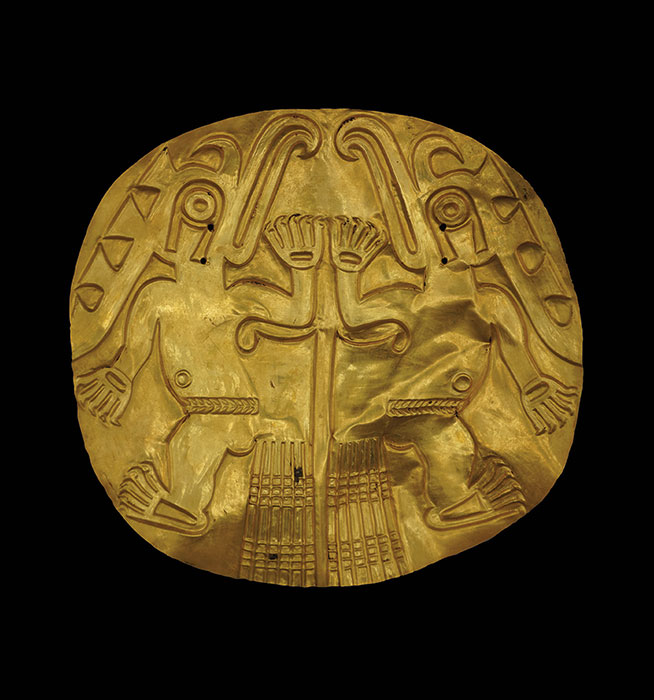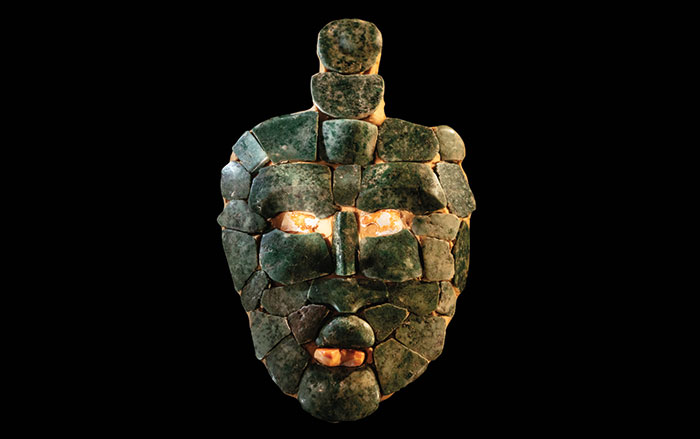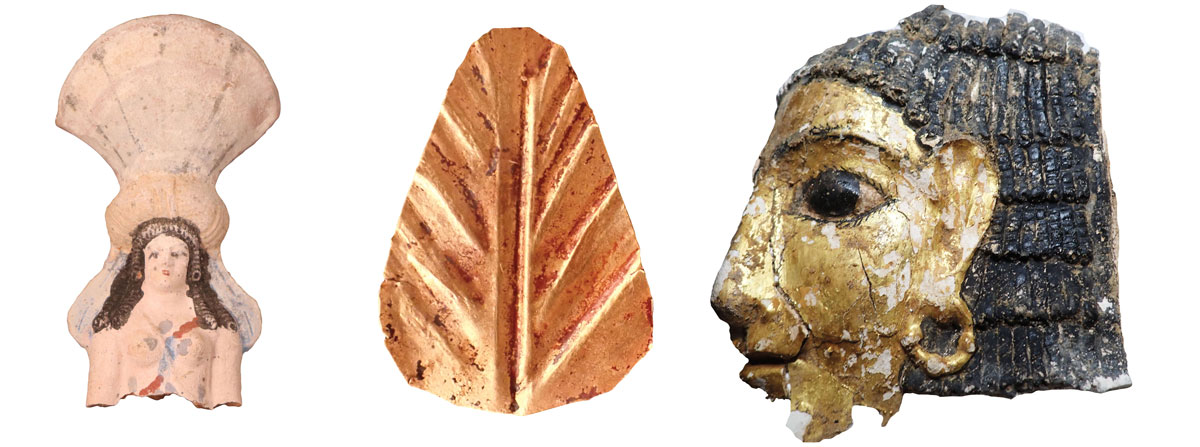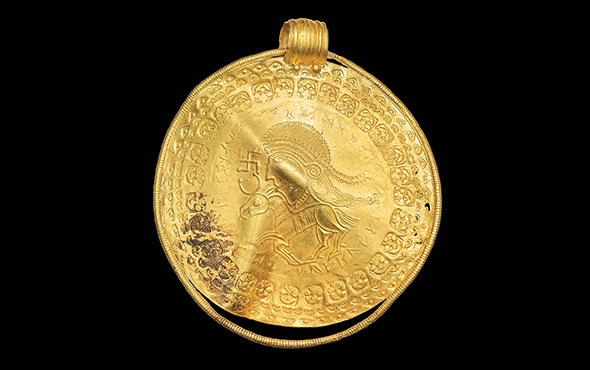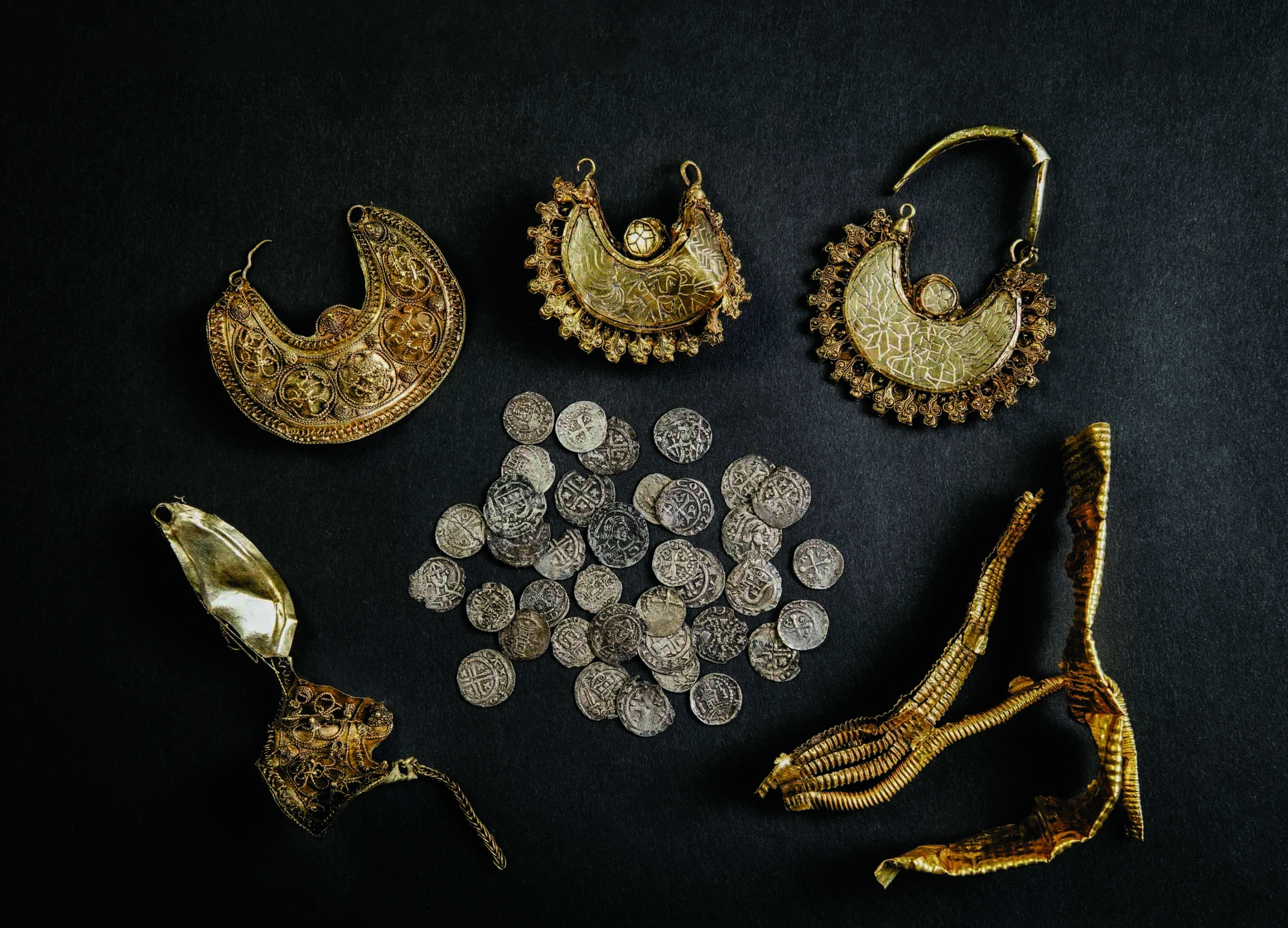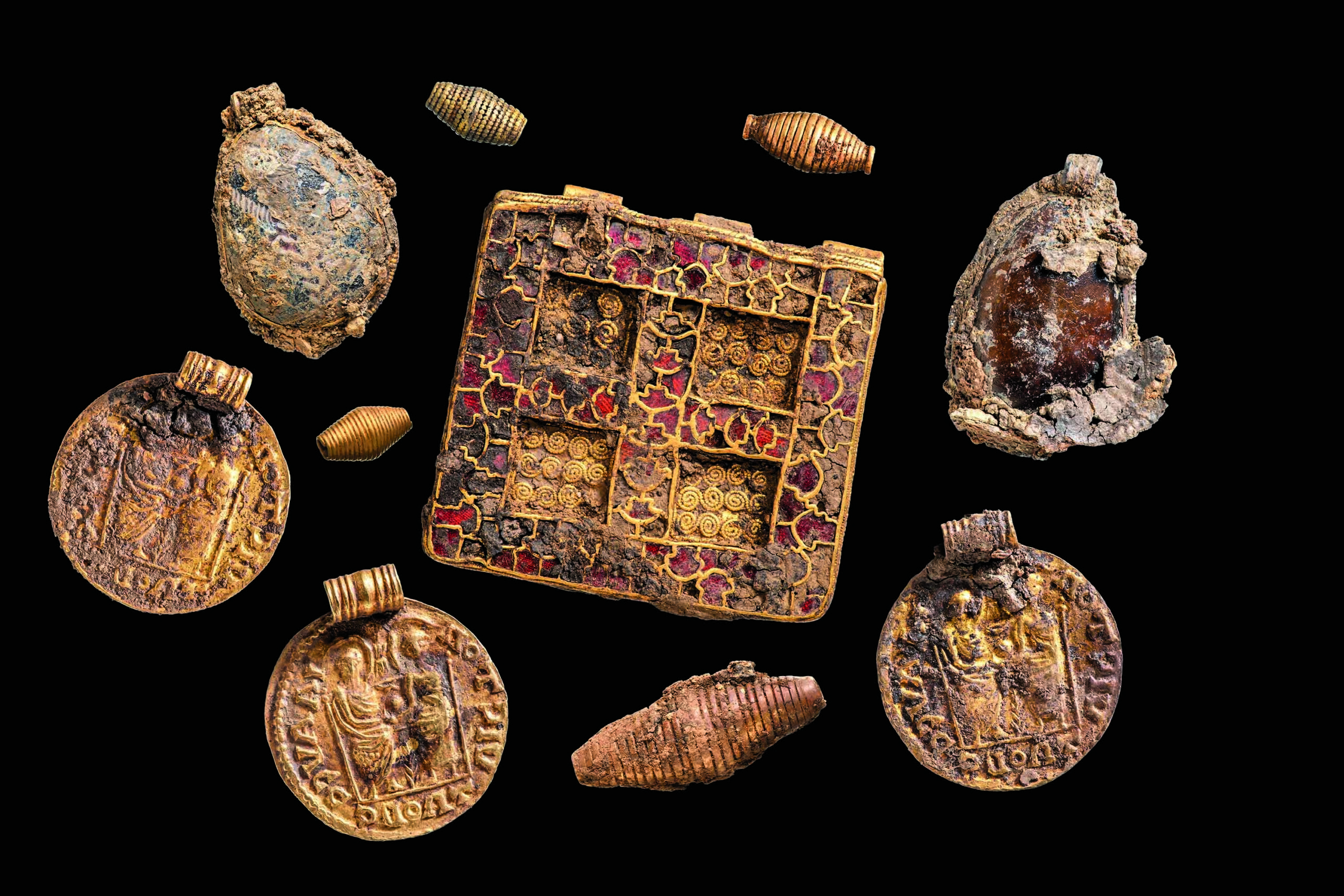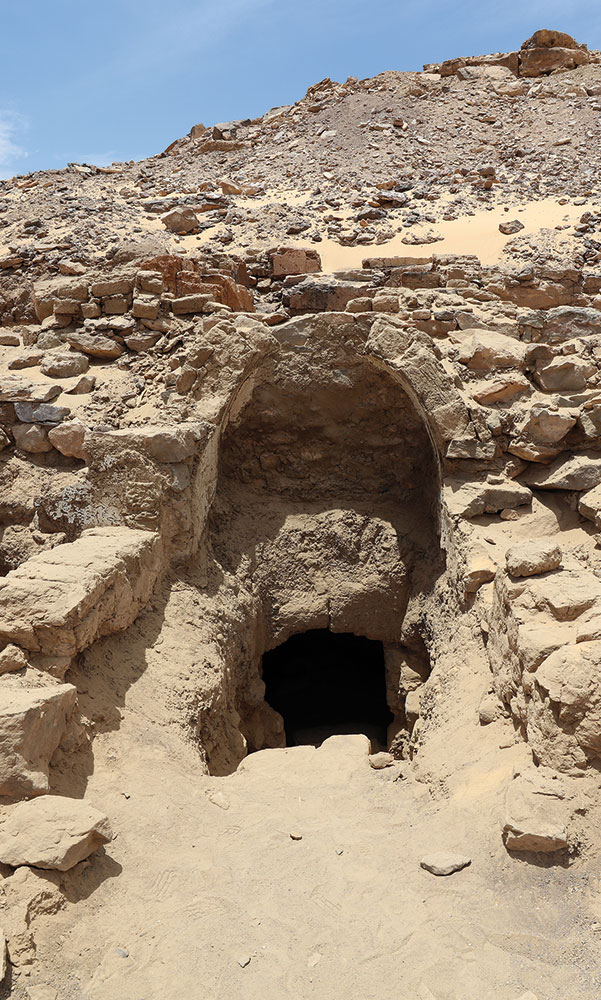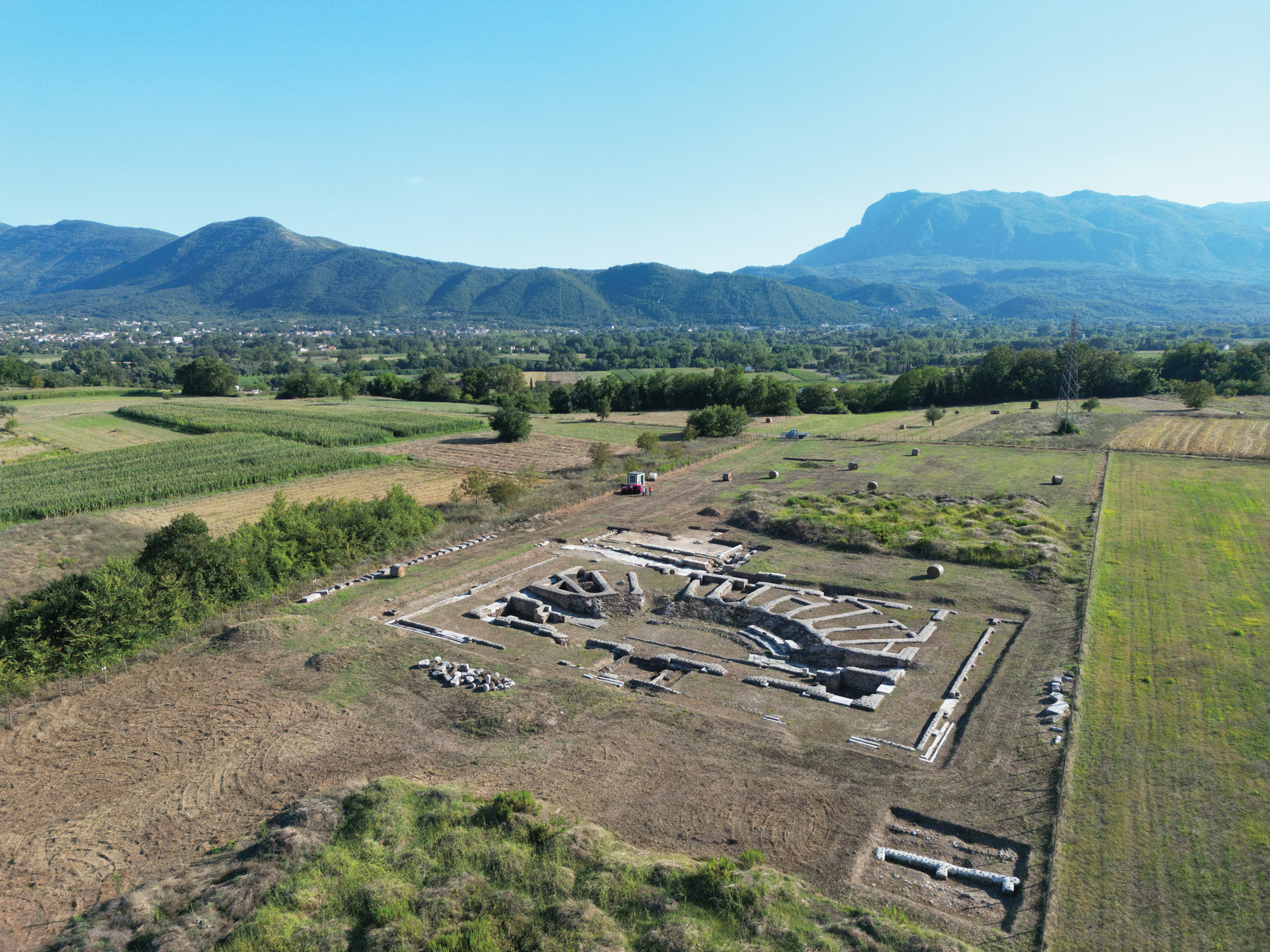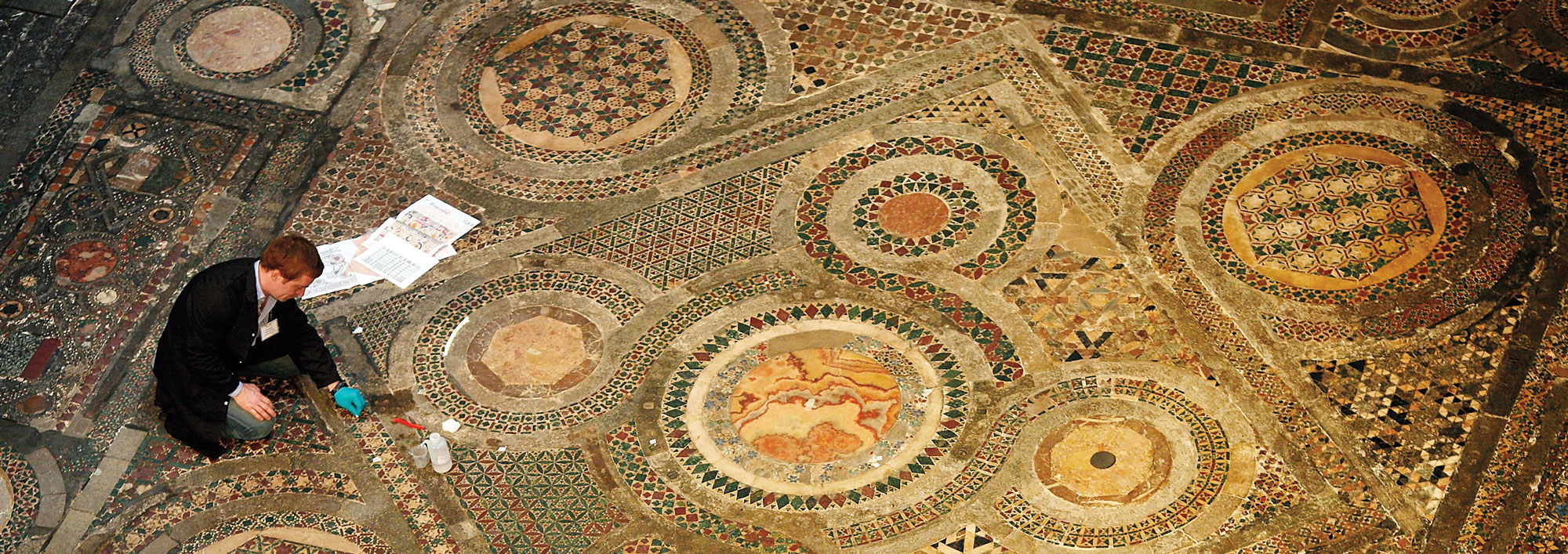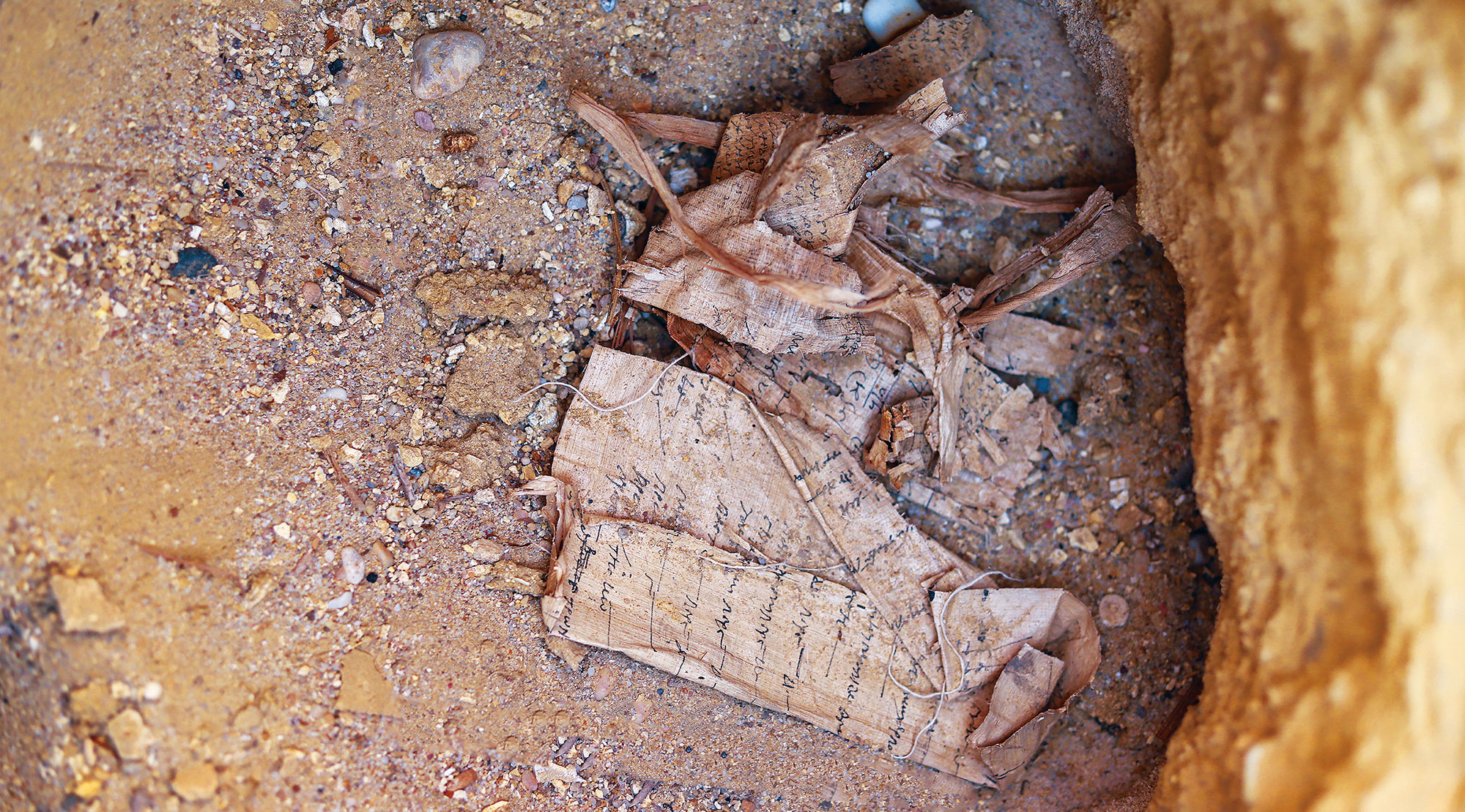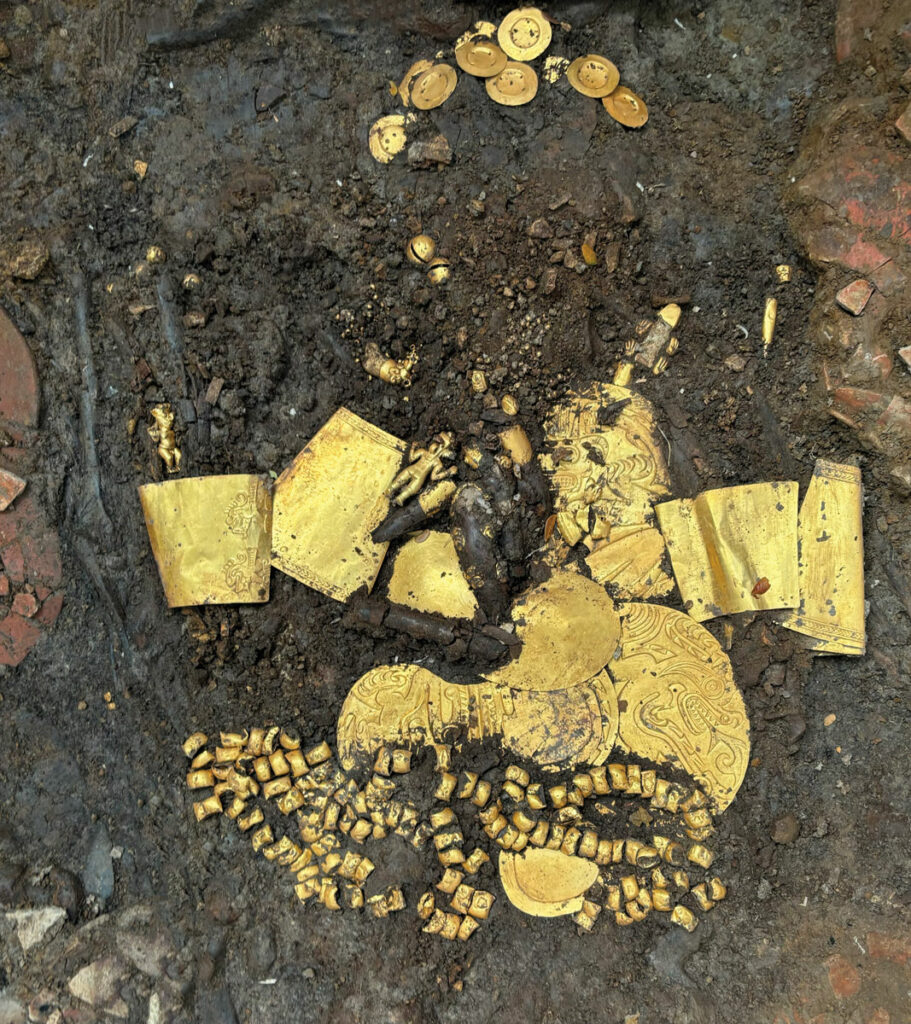
At El Caño Archaeological Park in central Panama, archaeologists have unearthed a 1,250-year-old tomb containing the remains of a man draped in gold ornaments and buried face down alongside numerous gold figurines and eight gold breastplates, or pectorals, as well as tubes made of deer bones. The El Caño necropolis was built on the banks of Panama’s Rio Grande between the eighth and eleventh centuries a.d. by the Coclé people. Archaeologist and project director Julia Mayo initially believed the tubes were flutes, but, upon closer inspection, she determined they are what are known as healing tubes, which the Coclé likely used to inhale and exhale smoke from burning medicinal herbs during rituals. The presence of the tubes, along with the gold cache—which includes bells and a small gold figurine depicting an otherworldly creature with a bat’s ears and nose—suggests the man was a Coclé chief who was likely a shaman or medicine man. “Shamans are often seen as healers, helping people overcome physical, emotional, or spiritual illnesses,” says Mayo. “Through dance, music, repetitive sounds, or meditation, shamans enter trance states to communicate with spirits, receive visions, or access knowledge.”

According to Mayo, the necropolis was used to venerate Coclé ancestors and to legitimize the power of ruling families through public ceremonies. On the surfaces of the pectorals are depictions of mythological creatures including hybrid beasts with features of bats, butterflies, fish, sharks, crocodiles, and birds. These hybrids represent mutability and the transition to the afterlife. “The Coclé selected animals that could inhabit multiple elements—earth, air, water, and fire—or possessed abilities associated with shamanism, such as transformation, flight, or vision in the dark,” says researcher Mercedes Guinea. “The figures embossed on the gold pectorals represent the ways their gods manifested themselves to the shamans.”



